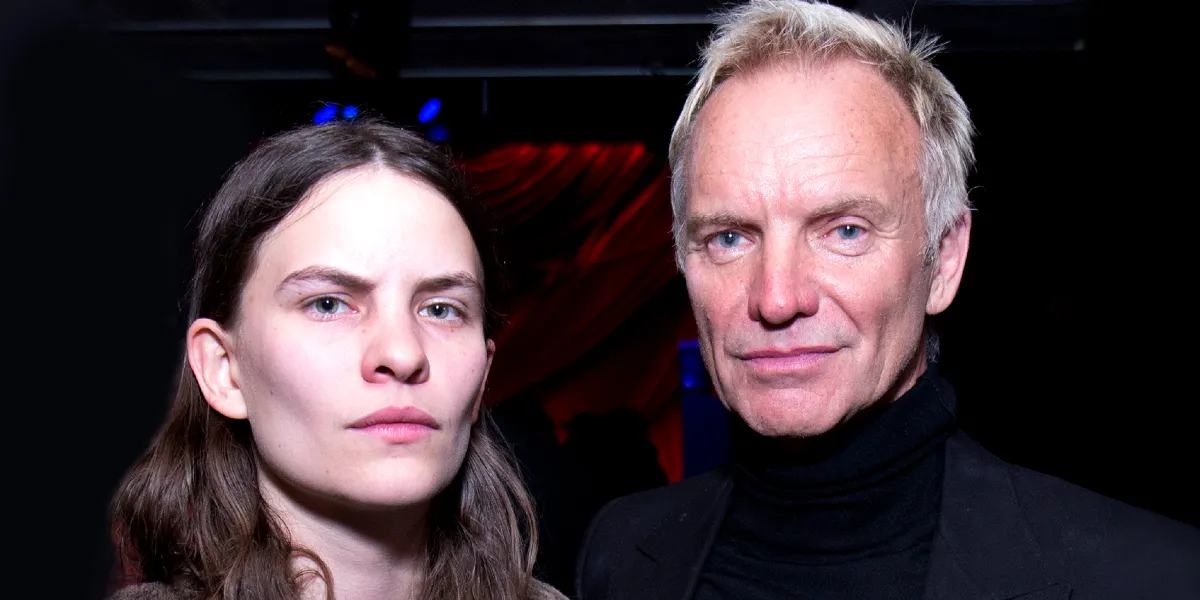- Sting is renowned for his illustrious music career for his distinct approach to parenting.
- His child, Eliot Sumner has been open about identifying as non-binary.
- Exploring an alternate reality through AI-generated imagery, we answer questions that might have crossed a few people’s minds.
- What if Eliot Sumner had never embraced a non-binary identity? How would her appearance and public persona have evolved differently?
Eliot Sumner, the child of the famous musician Sting, has made a name for herself in music and fashion. With a unique voice and style, Eliot has chosen to live beyond the usual gender labels. Eliot identifies as non-binary, a reflection of the growing acceptance of gender fluidity today.

Eliot Sumner attends the Los Angeles premiere of “Ripley” on April 3, 2024 in Los Angeles, California | Source: Getty Images
In this feature, we use AI to imagine how Eliot might look if she identified as female. We’ll present a series of AI-created images that show a different side of Eliot’s style, one that aligns with traditional femininity.
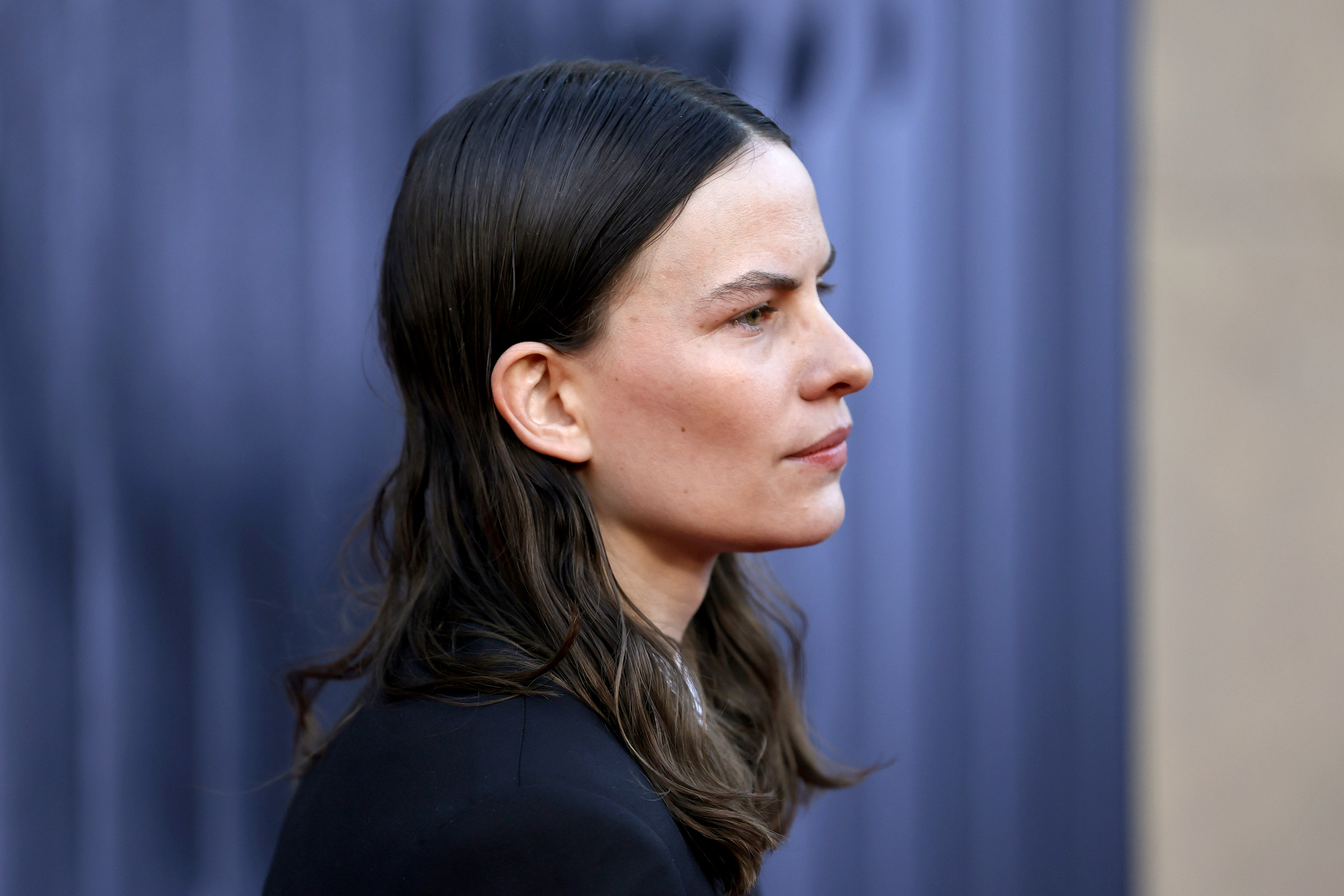
Eliot Sumner attends the premiere of “Ripley” on April 3, 2024 in Los Angeles, California | Source: Getty Images
The Evolution of Eliot ‘Coco’ Sumner
Sting, also known as Gordon Sumner, isn’t just a famous musician; he’s also a proud dad to six kids. Sting once said that becoming a dad was never his plan. “I became a dad by accident six times. Yet they were the happiest accidents of my life because they’re remarkable human beings,” he said.
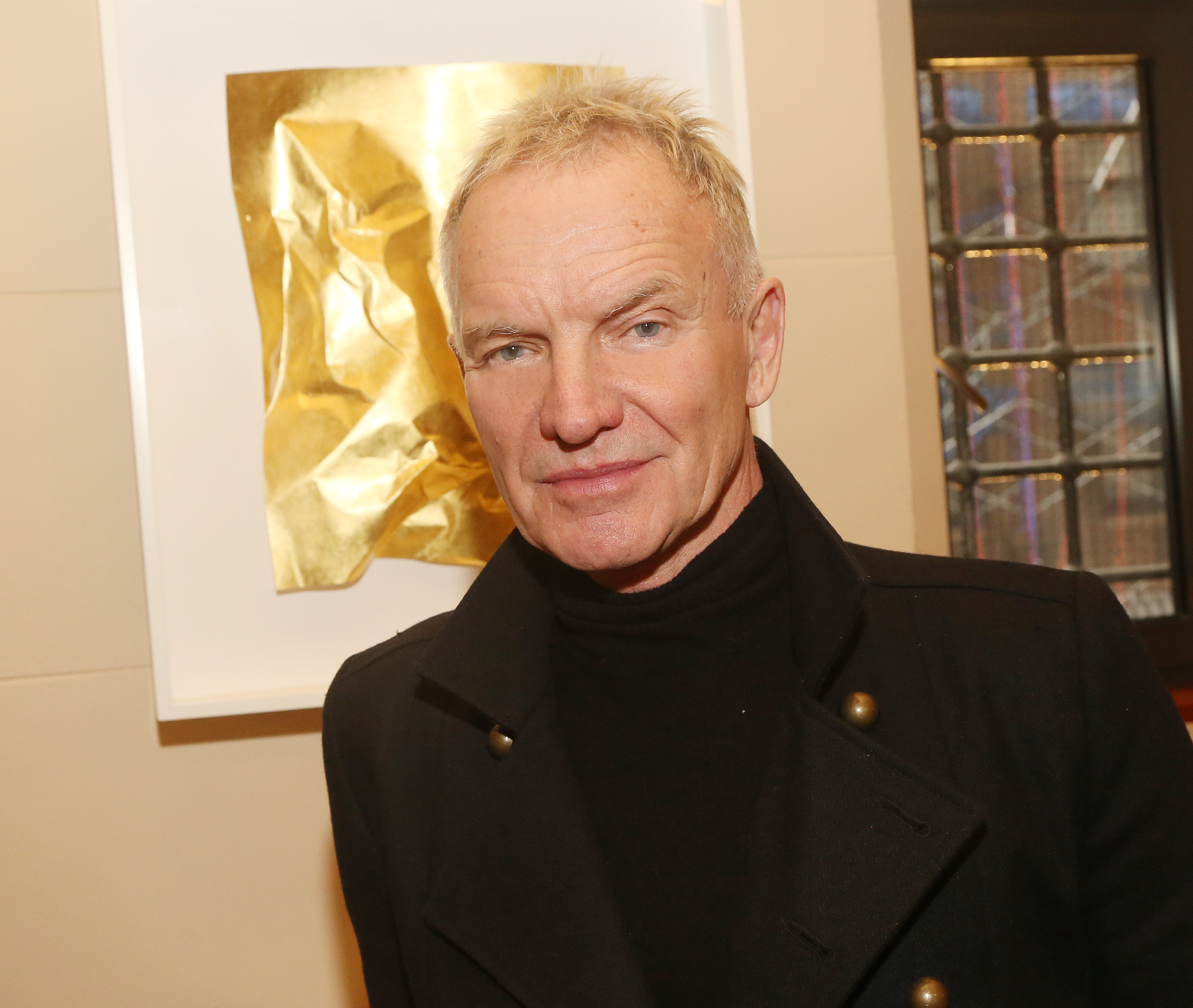
Sting poses at a photo call on April 1, 2024 in New York City | Source: Getty Images
His journey as a father has been full of surprises and the challenges of raising kids in the public eye. One of his children with his wife Trudie Styler, Eliot Pauline Sumner, who first hit the music scene as Coco and then as Vaal, is an artist like her dad.
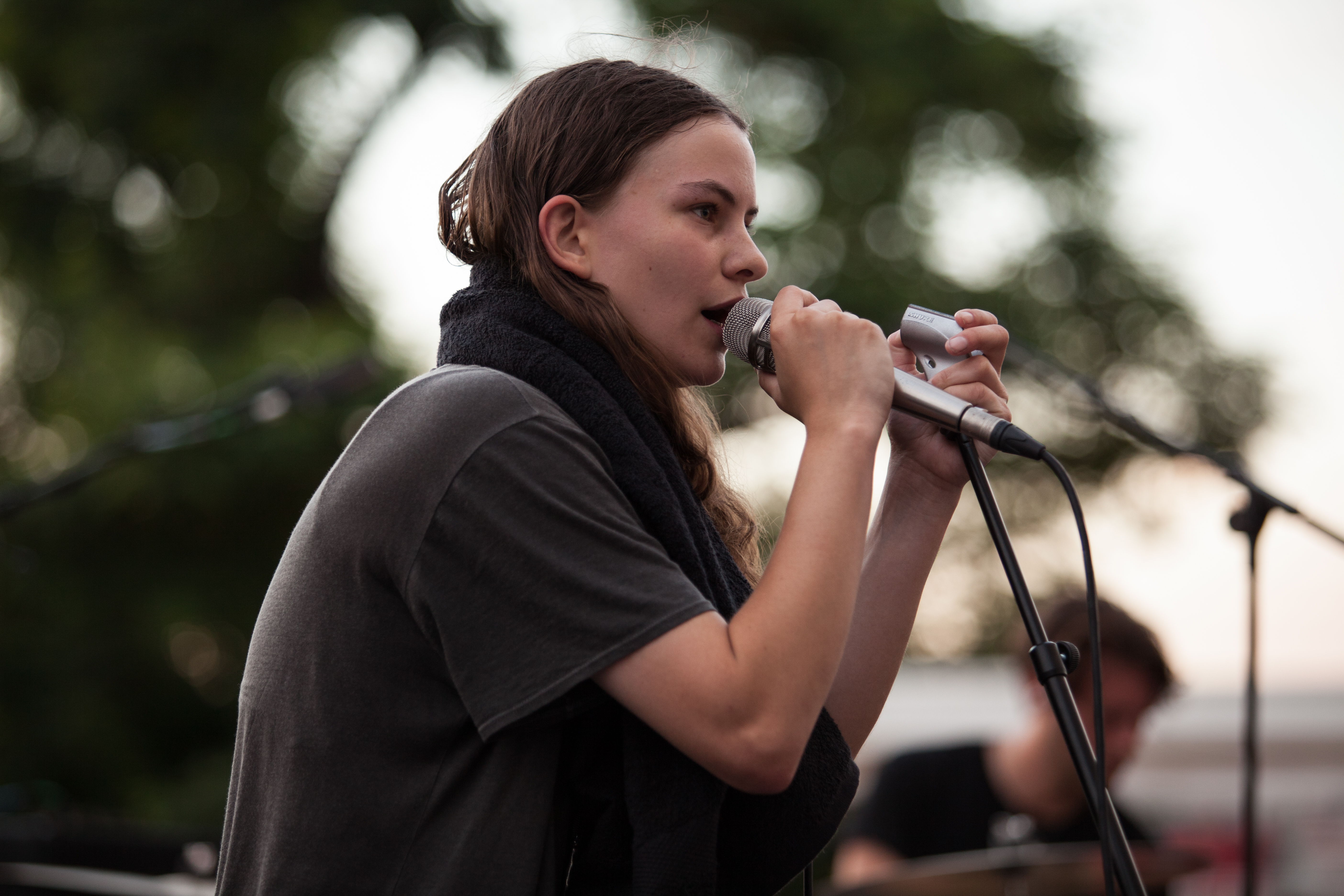
Eliot Sumner performs at Southbank Centre on July 23, 2016 in London, England | Source: Getty Images
She’s faced the challenge of growing up and finding herself while being in the spotlight. Starting with her band, I Blame Coco, and moving to cutting-edge electronic music, Eliot has constantly evolved her look and sound. A big part of this change has been her experience with gender identity.
While many kids her age dreamed of typical jobs like becoming a vet, Eliot had a different kind of dream—she aspired to be a bank robber. This unusual dream speaks a lot about her early desire to be different and challenge the norm, a theme that would keep showing up in her life and work.
These formative years were key in shaping her voice and style. It would also greatly affect how people would perceive her as an artist and a person in the years to come.
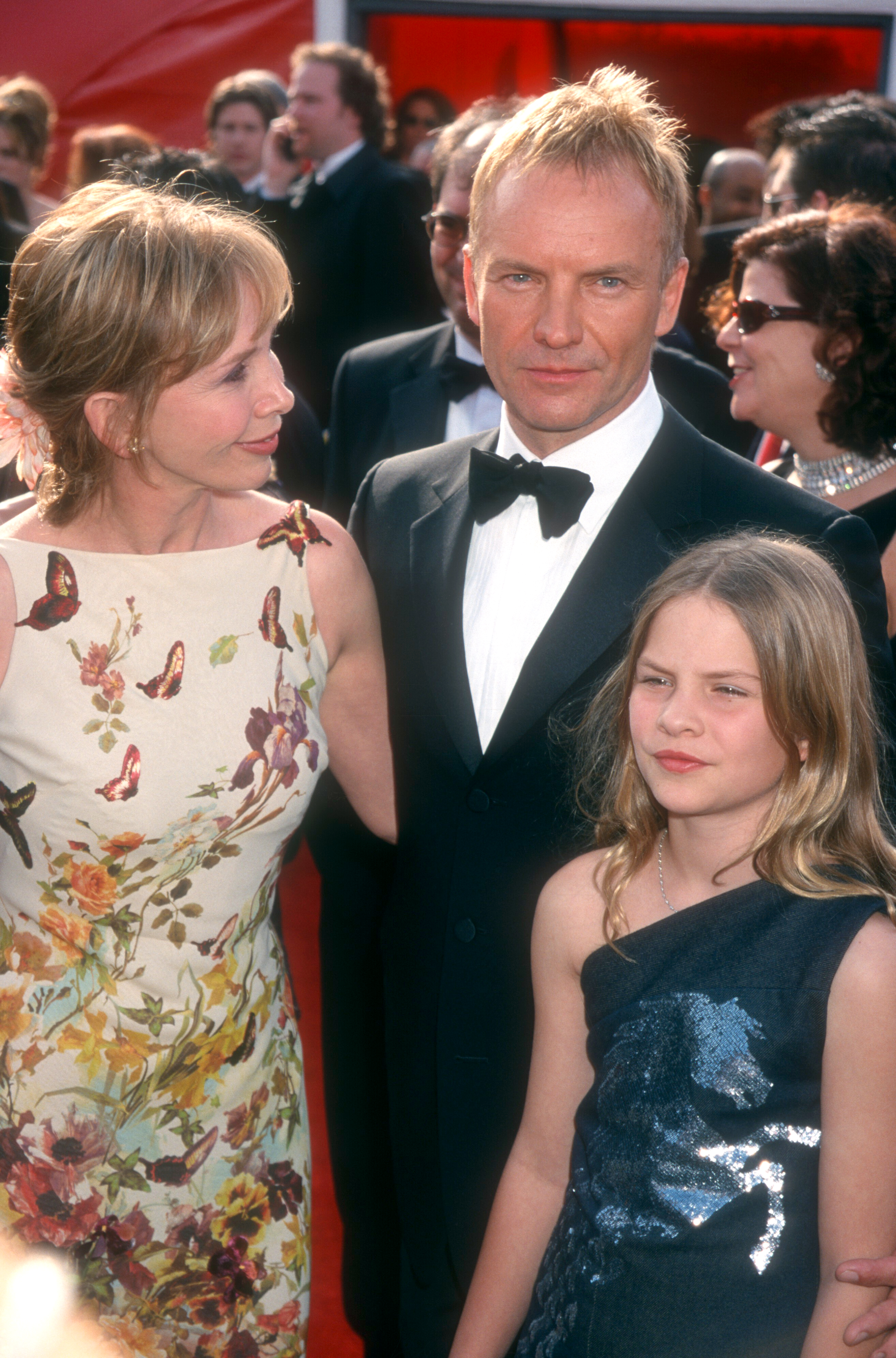
Trudie Styler and Sting with their daughter Eliot Sumner attend the 73rd Annual Academy Awards on March 25, 2001 in Los Angeles, California | Source: Getty Images
The Formative Years
Eliot grew up in the green countryside of Wiltshire, surrounded by music and art thanks to her dad, Sting, and her creatively inclined mom, Trudie. In the Sumner household, being creative was as normal as breathing, which influenced her love for music.
She began creating music at just four years old, in her bedroom, after her father gifted her a guitar. However, her parents never got to hear any of it.
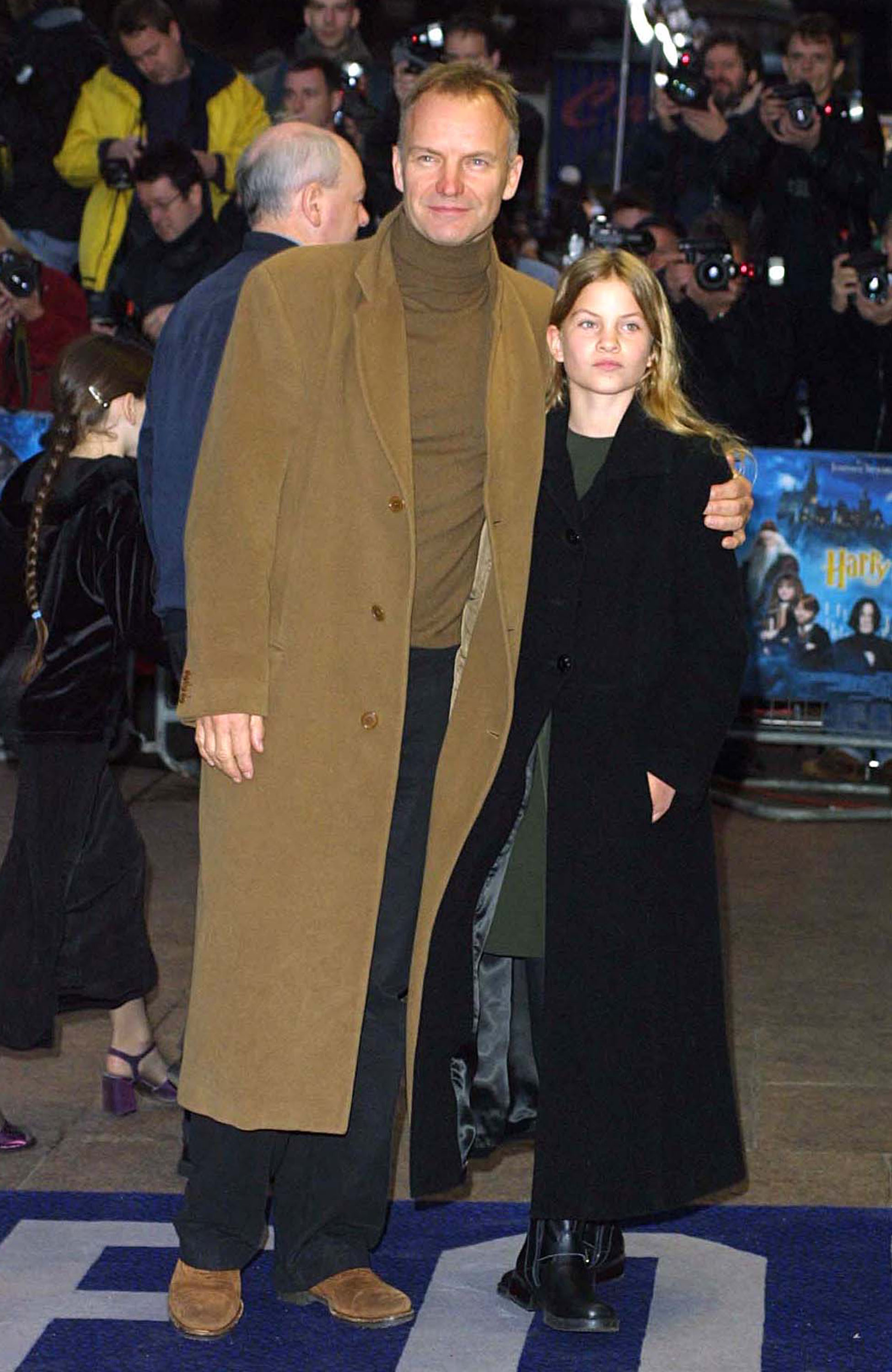
Sting and his child Eliot Sumner attend the world premiere of “Harry Potter and the Philosopher’s Stone” on November 4, 2001 in London, England | Source: Getty Images
When Eliot first joined the pop scene as Coco, she started her band, I Blame Coco. Their first album, “The Constant,” came out in 2010 with catchy, dark pop anthems that resonated with a broad audience. Eliot’s deep, husky voice reminded people of her dad, but she wanted to make her own mark, away from Sting’s fame.

Eliot Sumner performs at Glastonbury Festival on June 26, 2010 in Glastonbury, England | Source: Getty Images
Despite her strong musical pedigree, being the child of a star wasn’t easy for Eliot. She talked about this in her songs and interviews, wanting people to see her talent, not just her famous last name.
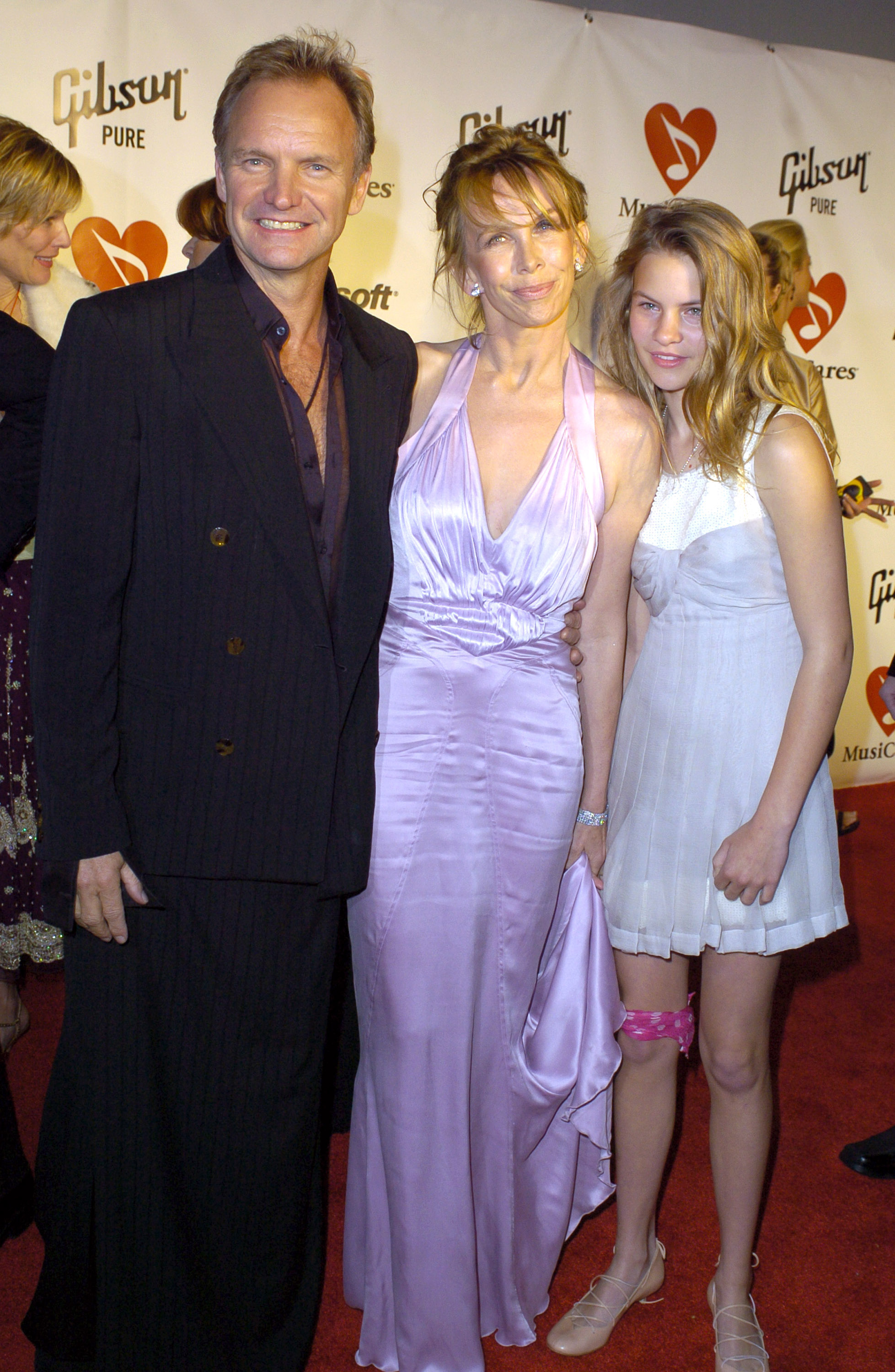
Sting and Trudie Styler with their child Eliot Sumner attend the Waterstones Harry Potter Party on February 6, 2004 | Source: Getty Images
In a song from her early days, “My Name is a Stain,” she sang, “Forget my dad, you need to hear my band.” This line underscored her struggle to be seen as an artist in her own right, not just as Sting’s daughter. These early years were all about finding her voice and style, which would shape how people saw her later on.
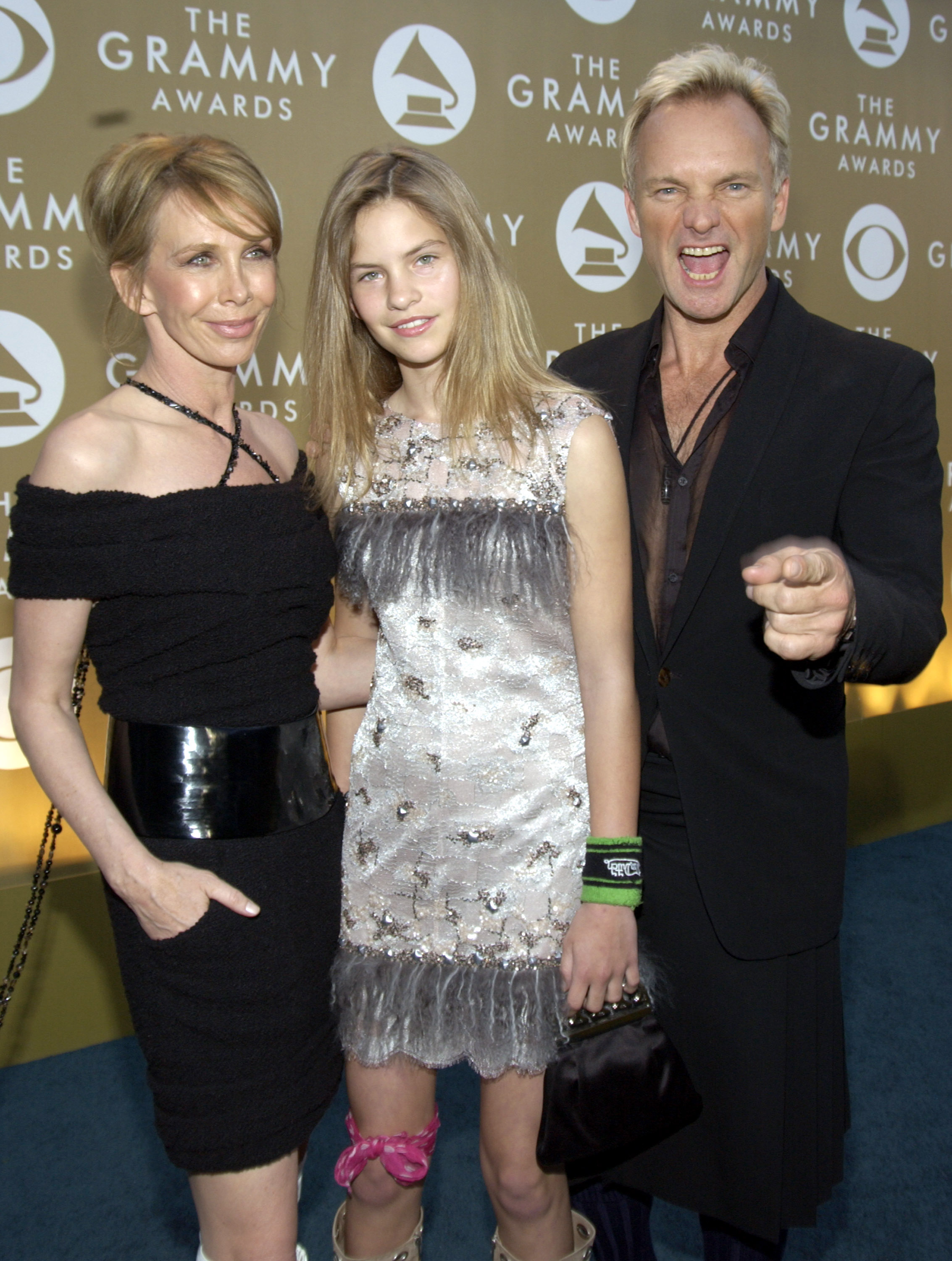
Sting and Trudie Styler with their child Eliot Sumner attend the 46th Annual GRAMMY Awards on February 4, 2004 | Source: Getty Images
Transition to Adulthood
Eliot grew up fast, blending her personal life with her music. As she moved from her teens into her twenties, her music evolved significantly. It started to mirror her search for identity, who she was, and what she thought about life.

Trudie Styler and Sting with their child Eliot Sumner attend the 76th Annual GRAMMY Awards on February 29, 2004 | Source: Getty Images
At 19, Eliot and her band, I Blame Coco, were already making waves with their debut album “The Constant.” But that was just the start. As she explored her experiences and the broader questions of identity and existence, her artistic direction started to shift. These factors began to shape her worldview.

Eliot Sumner on August 28, 2010 | Source: Getty Images
With time, her music changed from catchy pop to deeper, more thoughtful, and avant-garde musical expressions. Eliot’s journey toward independence was not just artistic but also profoundly personal. Despite her father’s wealth and fame, she was adamant about making it on her own without relying on her parents’ financial support.
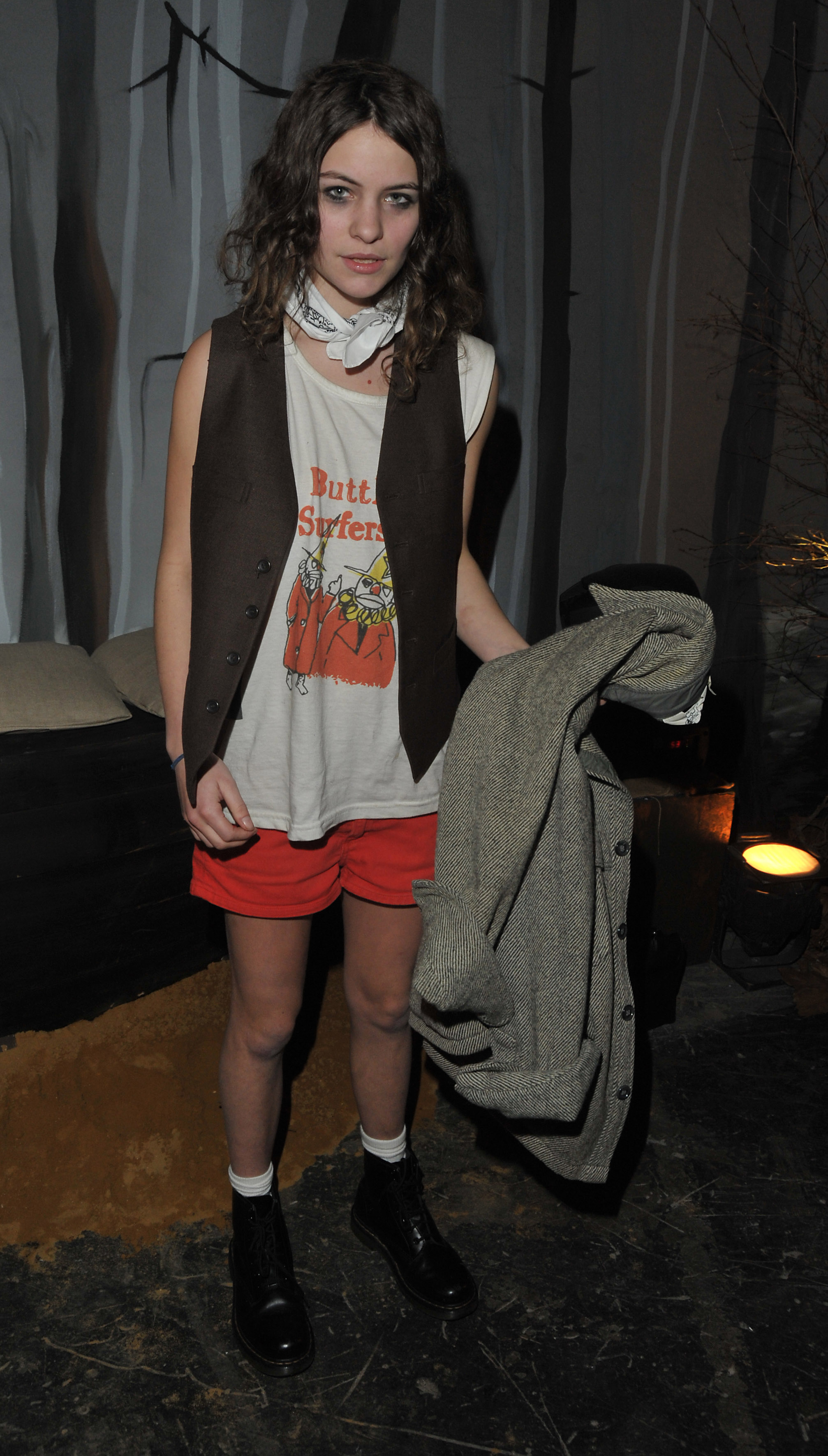
Eliot Sumner attends the UK premiere of “Where The Wild Things Are” on December 2, 2009 in London, England | Source: Getty Images
During an interview in her late teens, she remarked, “My dad’s father was a milkman and my mum’s dad was a farmer in the War. It wasn’t really about parties and champagne.” She lived simply, often crashing on friends’ couches, even though she could have had a more luxurious life.
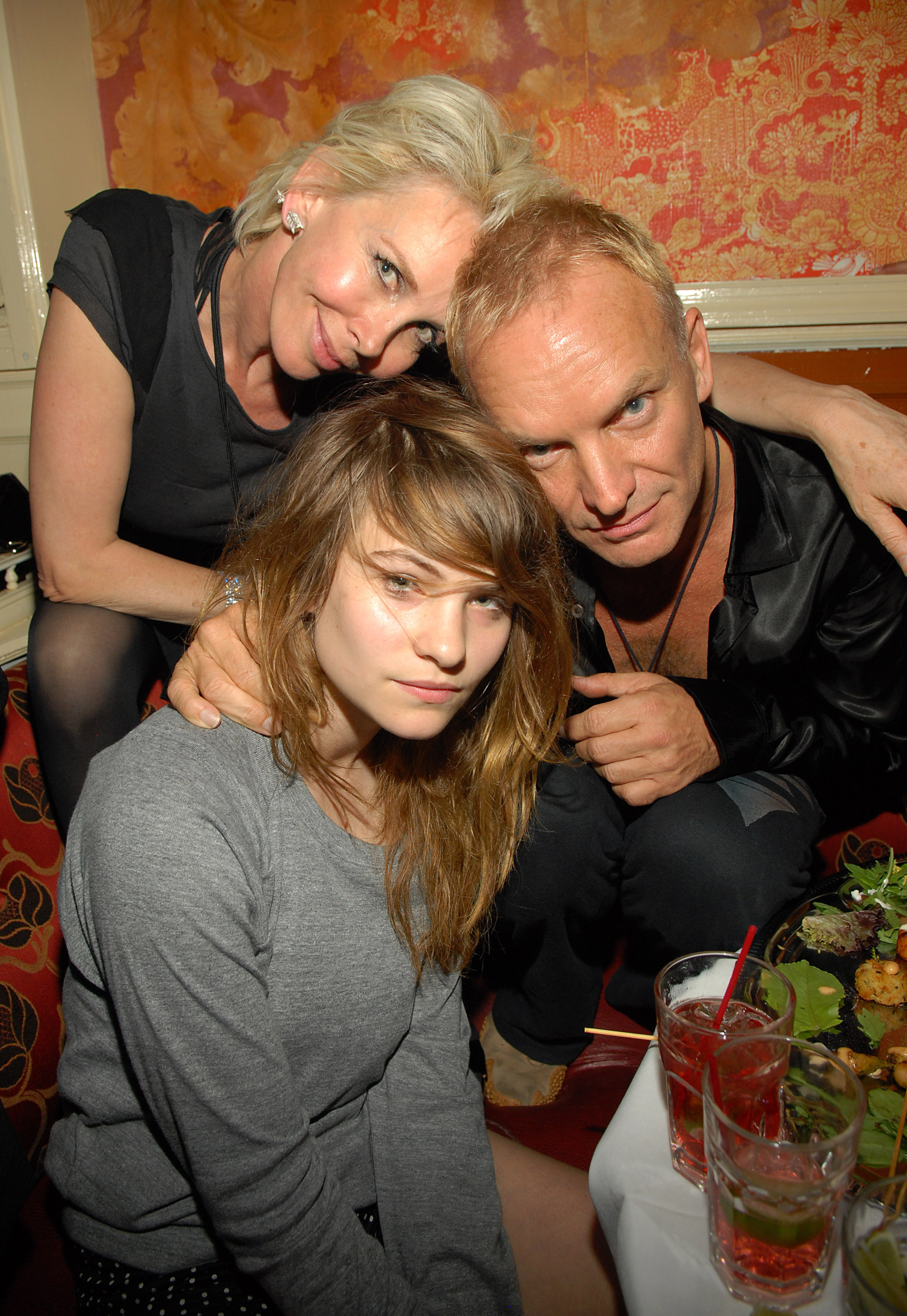
Trudie Styler, Sting, and Eliot Sumner on August 1, 2007 in New York City | Source: Getty Images
This phase of her life was a mix of independence and continuous self-exploration. As she navigated her early twenties, Eliot’s experiences, her approach to life, and art became increasingly defined by a desire to stand alone, unanchored by her family’s influence or societal expectations. These years laid the groundwork for the mature, reflective artist she was to become.
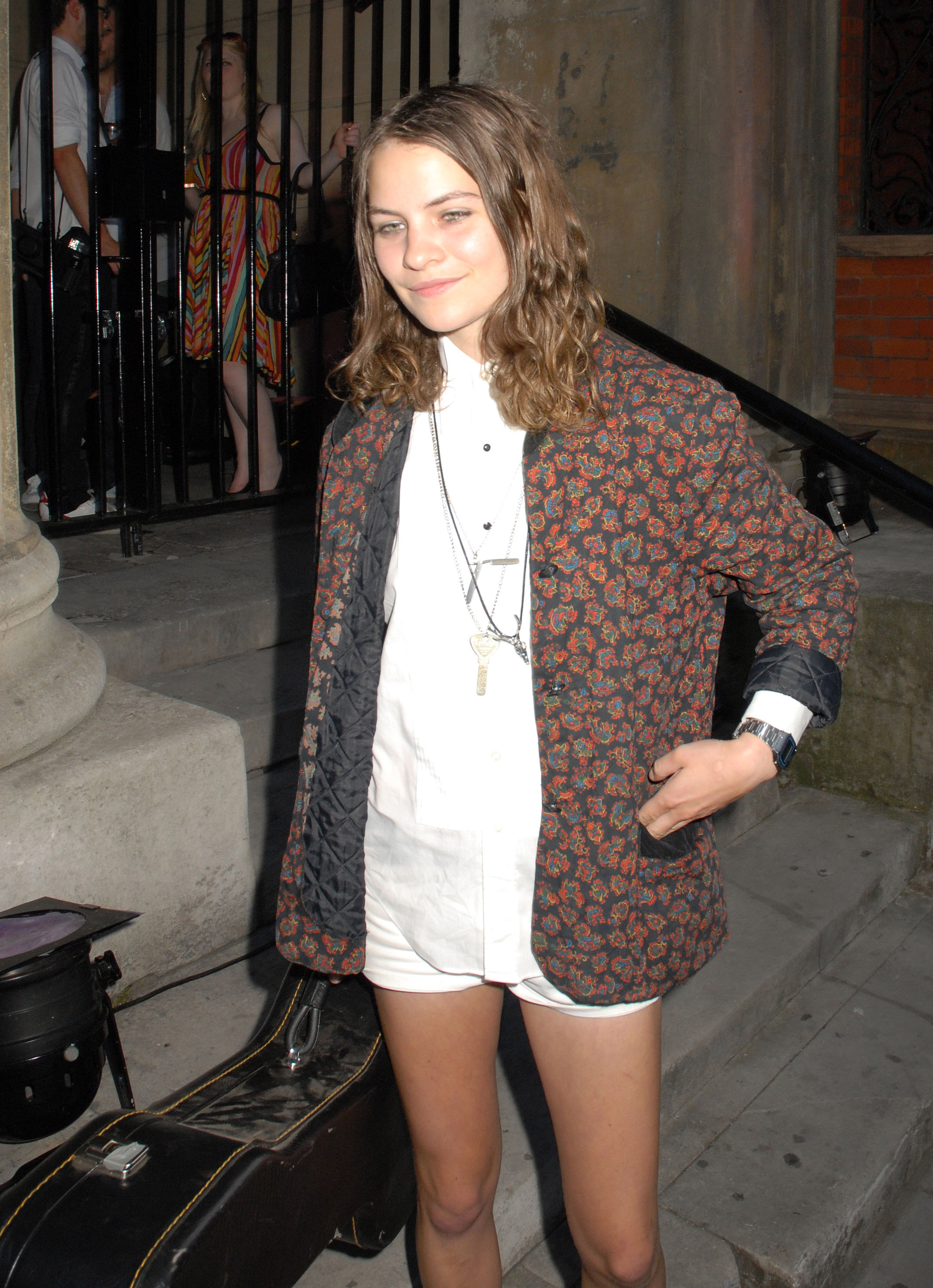
Eliot Sumner attends Thomas Sabo Collection Launch on July 8, 2010 in London, England | Source: Getty Images
Mid-20s and Personal Identity
Eliot spent her mid-20s discovering more about herself and sharing her thoughts on gender and identity. She became more open, talking about how these ideas shaped her life and art. Her relationship with the Austrian model, Lucie von Alten, brought her personal life into the public eye and sparked conversations about identity.
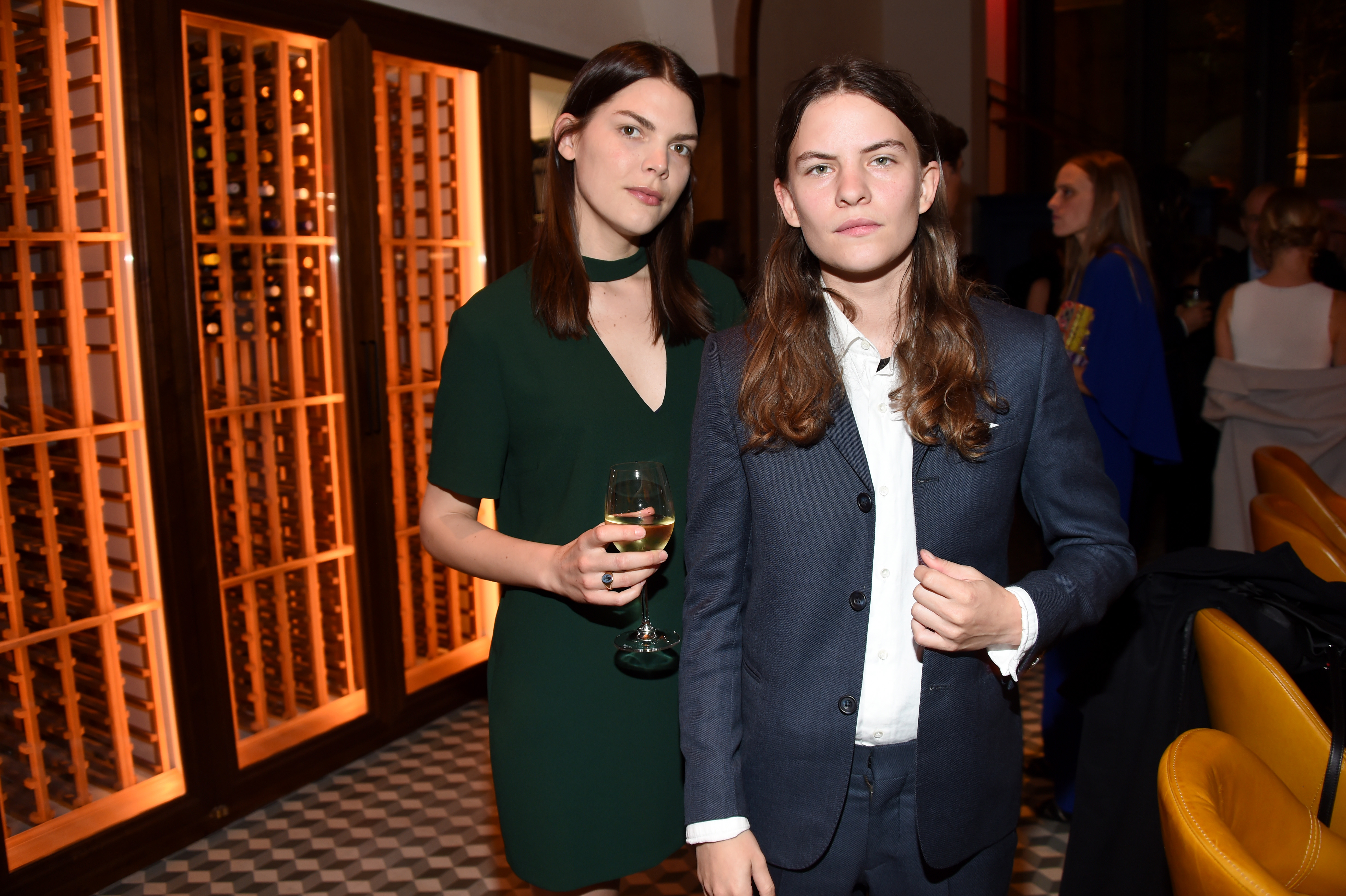
Lucie Von Alten and Eliot Sumner on October 17, 2016 in New York | Source: Getty Images
Eliot hadn’t publicly discussed her sexuality before simply because nobody had asked. That didn’t mean that she had been hiding her true identity. She just didn’t feel the need to make a big announcement; her family and friends already understood her views on gender from the way she lived.
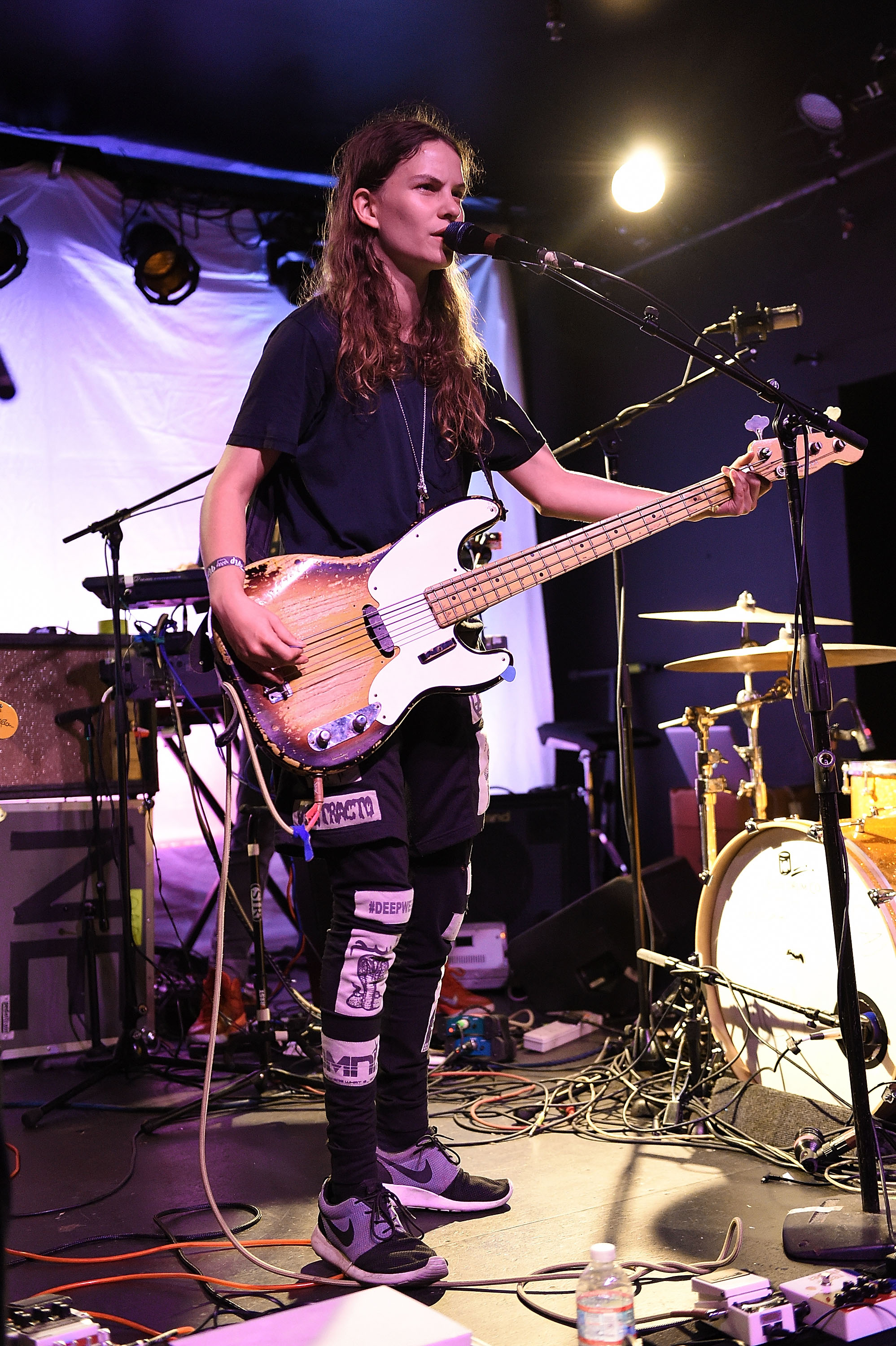
Eliot Sumner performs at The Echo on September 1, 2015 in Los Angeles, California | Source: Getty Images
When questioned about when she revealed her sexuality to her parents, she laughed and said, “I didn’t! They knew already, so I didn’t need to. I’ve never come out to anyone.”
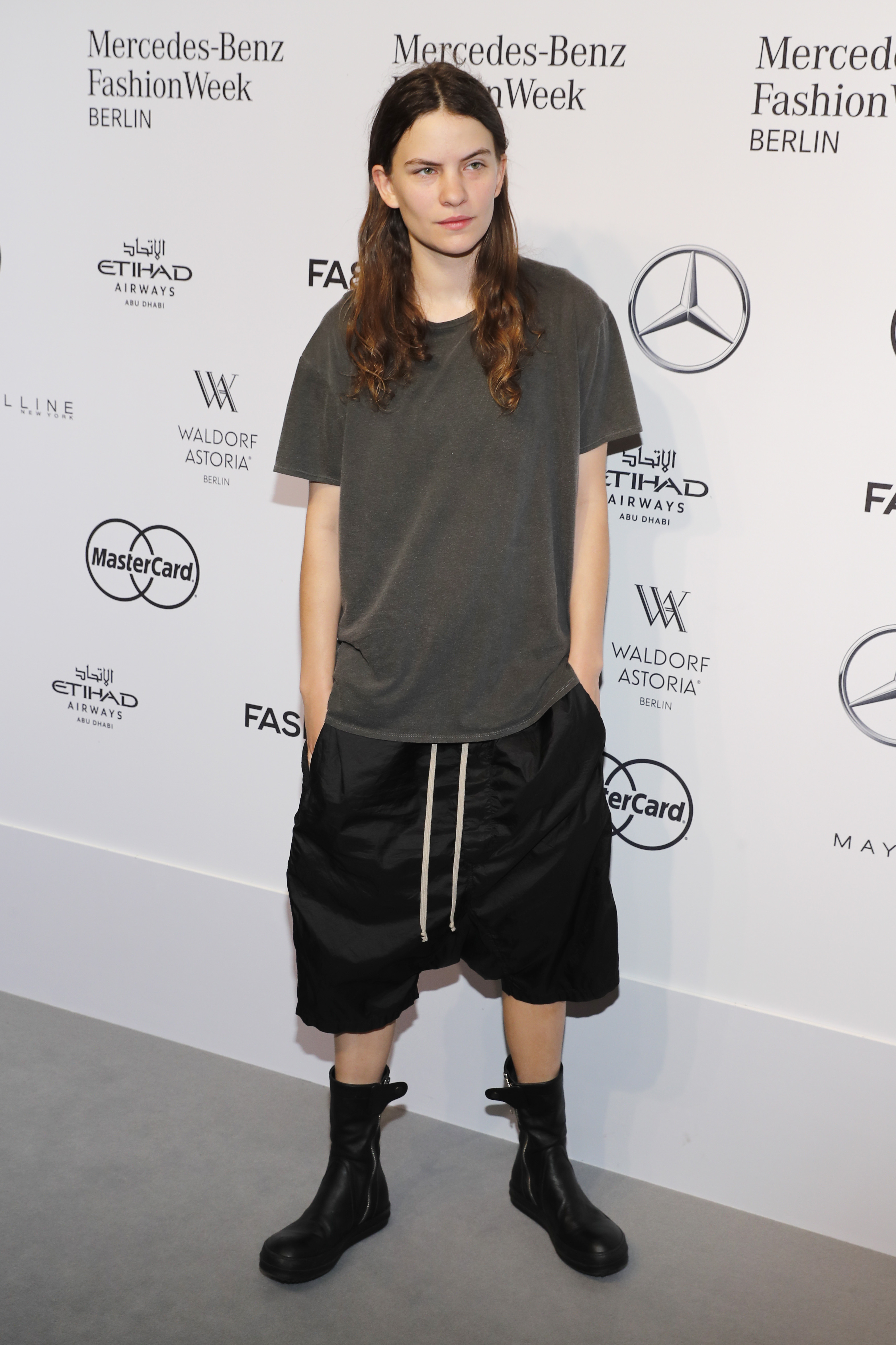
Eliot Sumner attends the Mercedes-Benz Fashion Talk on June 30, 2016 in Berlin, Germany | Source: Getty Images
Eliot recalled a time as a teenager that revealed her family’s attitude towards her sexuality. When her mother found her with a girlfriend, there was no big talk needed. Her family’s silent support meant a lot to her.
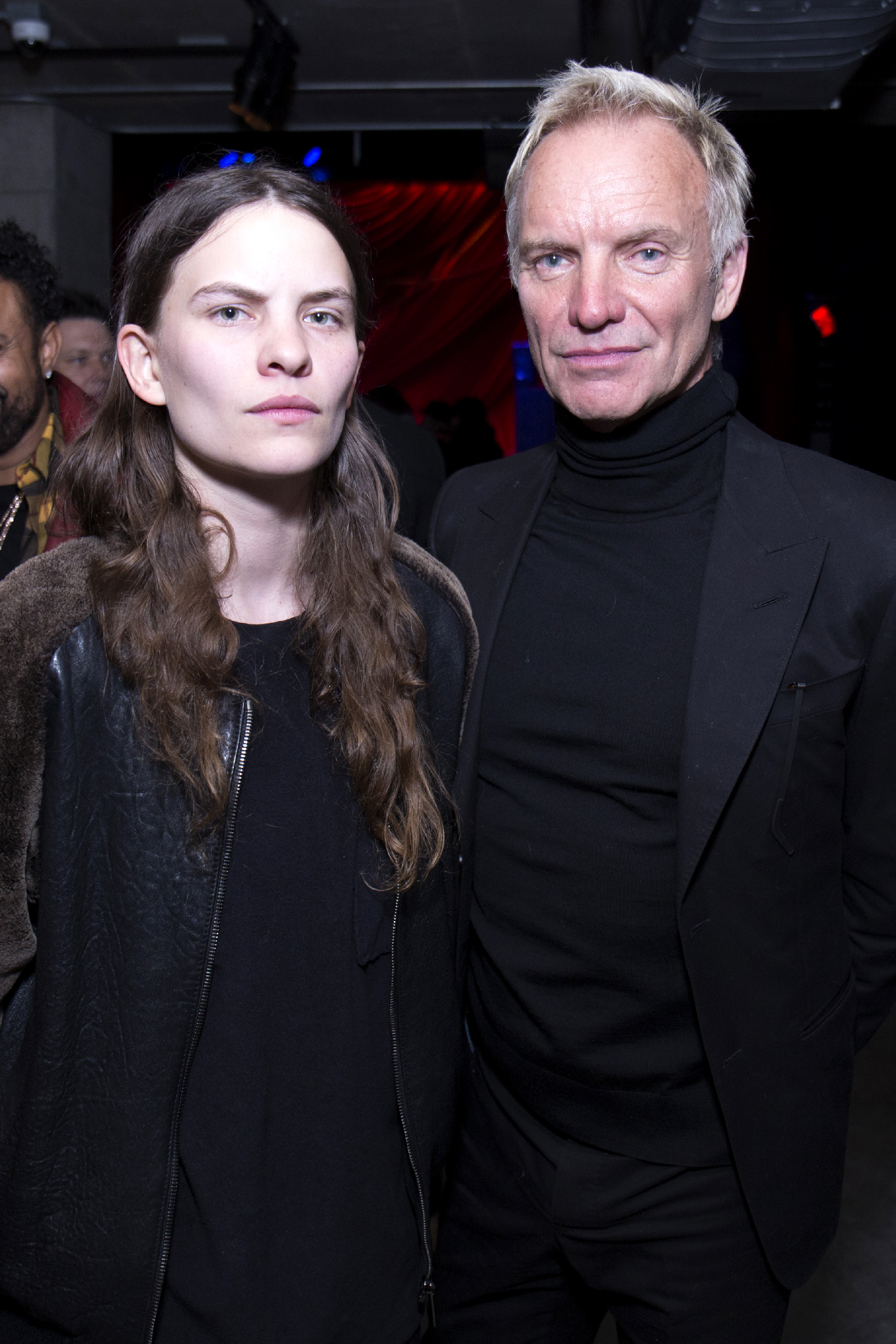
Eliot Sumner and Sting attend the premiere of “Freak Show” on January 10, 2018 in New York City | Source: Getty Images
In her mid-20s, Eliot also underwent a significant transformation in her musical career. She adopted the alias Vaal to explore darker, more electronic music genres. This new sound was a deeper look into her thoughts on identity and it was around that time she revealed she didn’t identify with any gender.
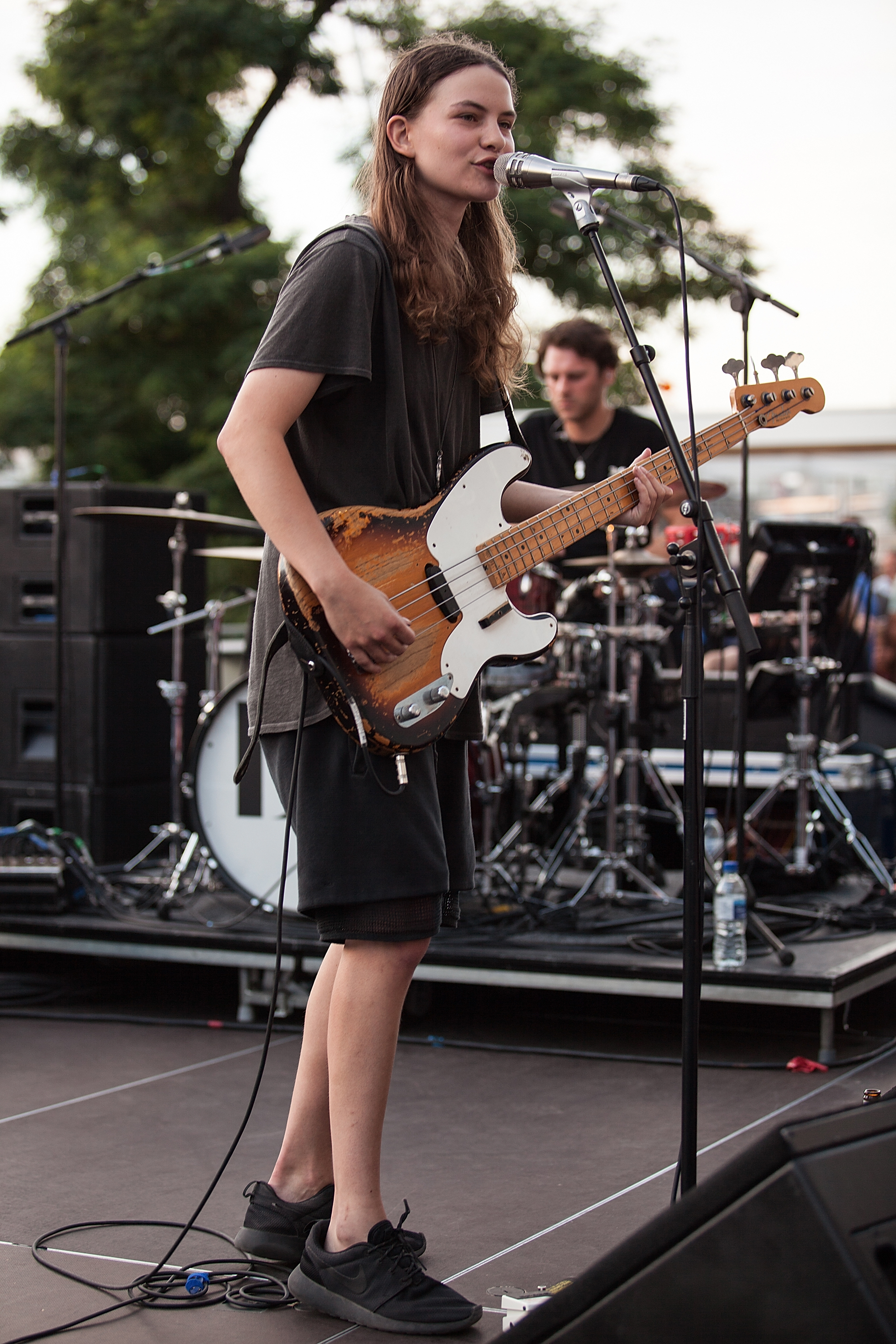
Eliot Paulina Sumner performs at Southbank Centre on July 23, 2016 in London, England | Source: Getty Images
In 2015, she released the track “Species” from her album under this name reflecting her musings on gender and existence. “I’m not sure about species, I’m not sure about gender, I’m not sure about the breed,” she sang. This song encapsulates her rejection of conventional labels in favor of a more inclusive and undefined view of identity.

Eliot Sumner performs at The Echo on September 1, 2015 in Los Angeles, California | Source: Getty Images
The media sometimes got it wrong, thinking she was just coming out as gay. But Eliot was talking about something bigger—she didn’t believe in fixed genders. She wanted people to understand her real message, not just focus on headlines.
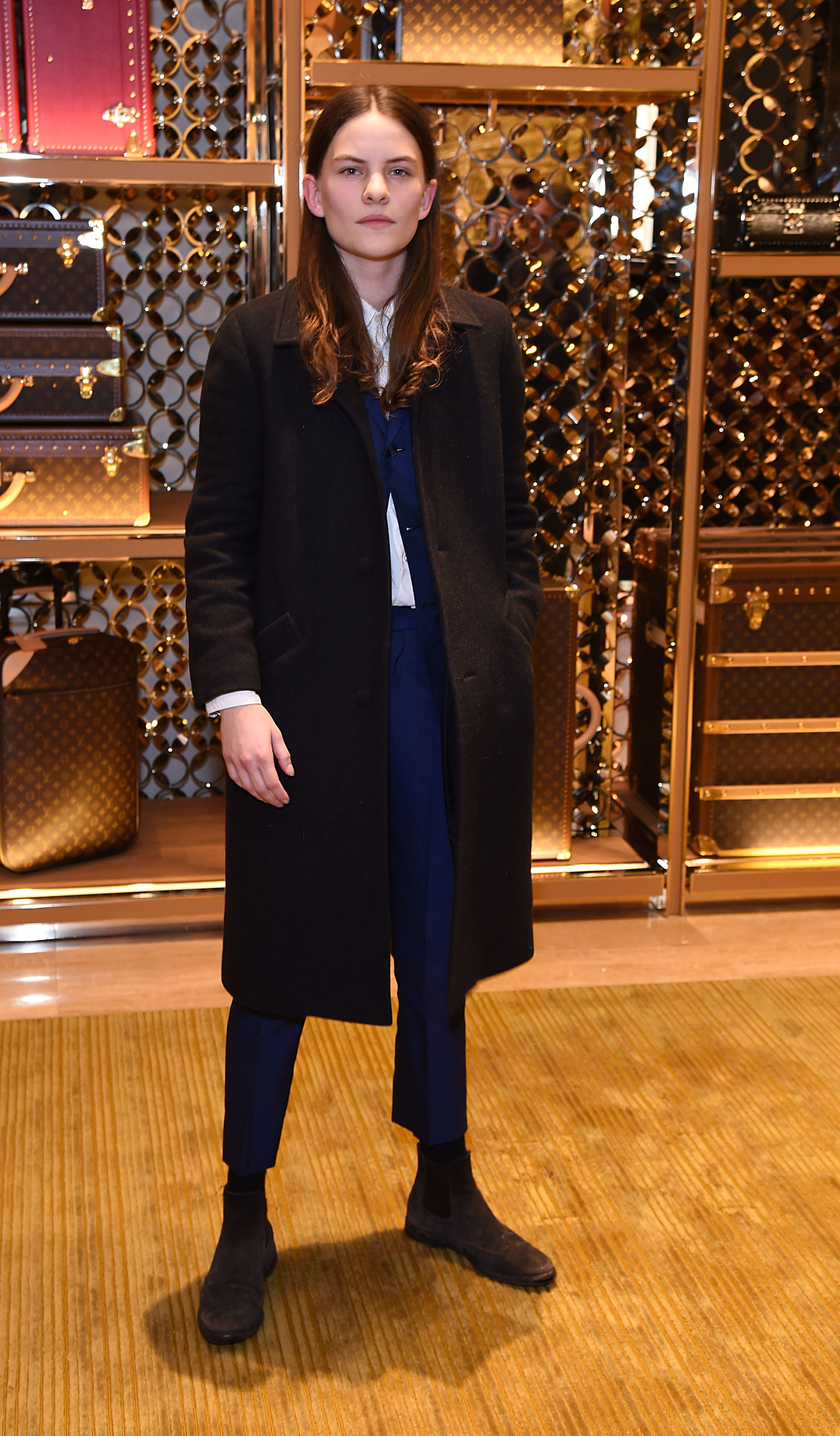
Eliot Sumner attends the Louis Vuitton pre-BAFTA party on February 13, 2016 in London, England | Source: Getty Images
This change was not just in her music, but also in how Eliot interacted with the world and her fans. As Vaal, her performances and public appearances often blurred the lines of gender presentation. Vaal represented a more gender-neutral and intriguing character.

Eliot Sumner performs onstage on September 30, 2016 in Austin, Texas | Source: Getty Images
Eliot’s style, which often reminded people of stars like David Bowie and Patti Smith, stood out. Her unique fashion sense and the realness she brought to her music were different from the usual pop star image.
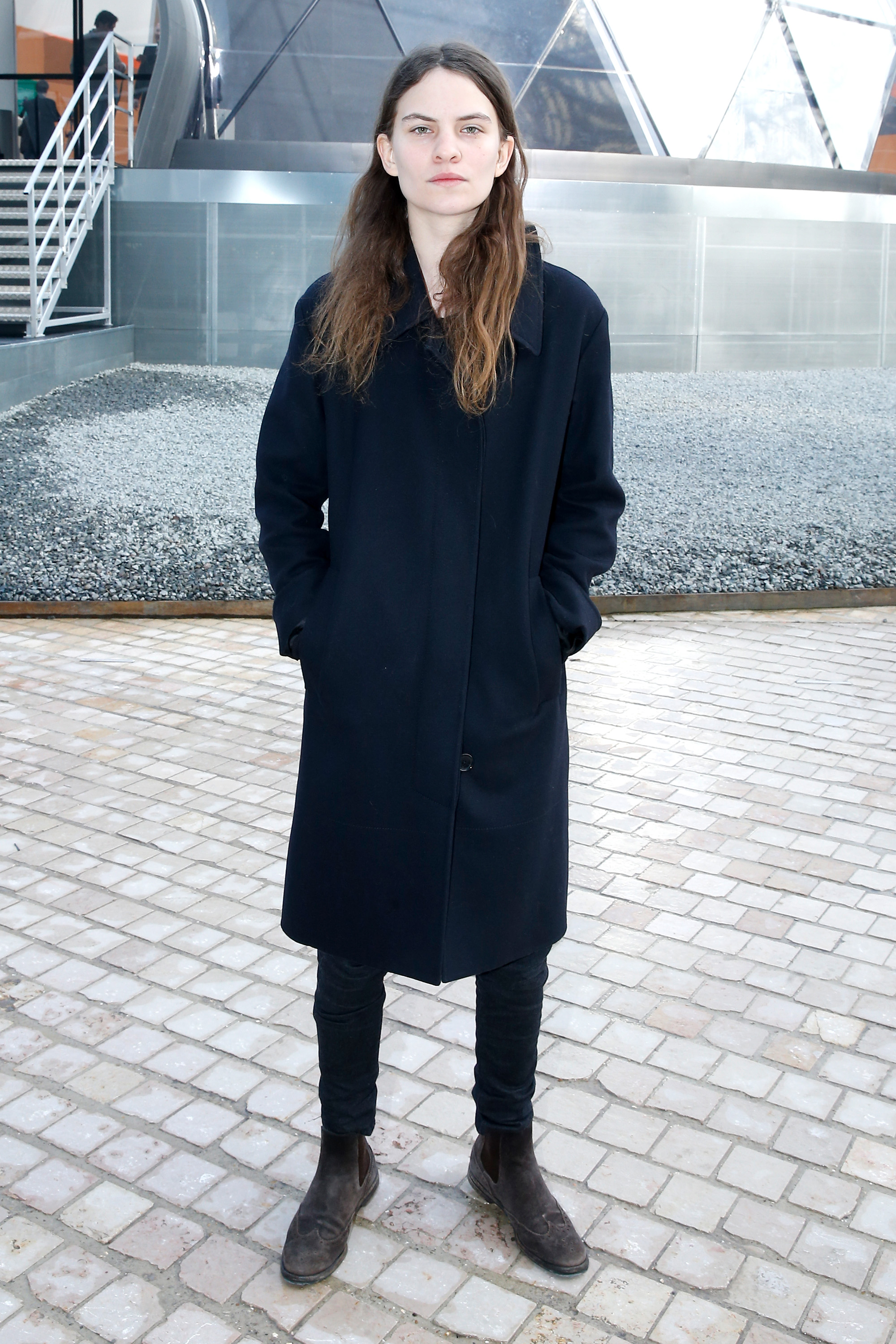
Eliot Summer attends the Louis Vuitton show on March 11, 2015 in Paris, France | Source: Getty Images
This match between her public image and her understanding of her identity let Eliot interact with her audience in a more authentic, though mysterious, way.
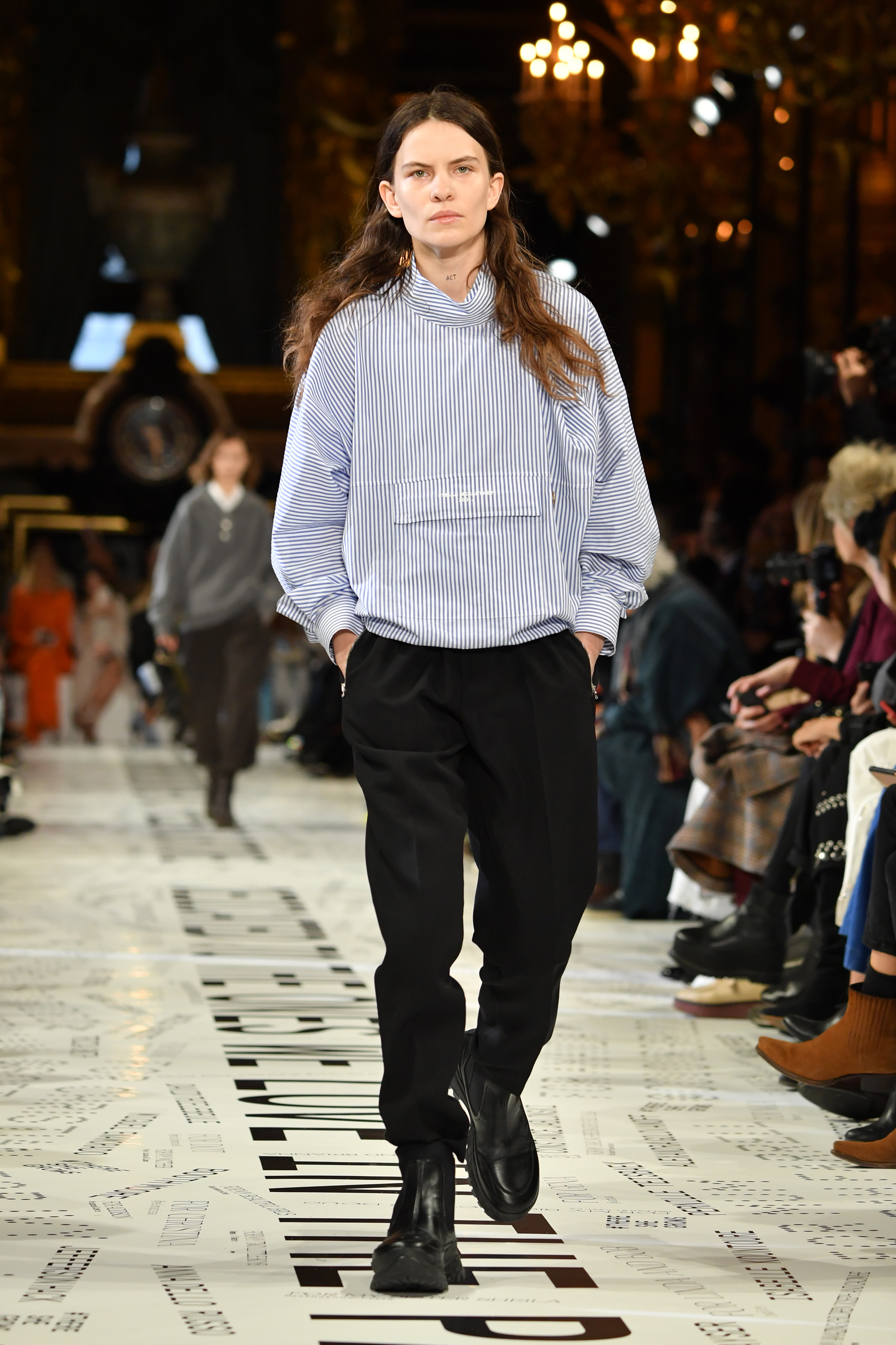
Eliot “Coco” Sumner walks the runway on March 4, 2019 in Paris, France | Source: Getty Images
Eliot’s mid-20s were key to blending her personal growth with her music. Her relationships and growing comfort with her gender identity are reflected in her music. This time showed how personal experiences can shape an artist’s work. Eliot used her music to challenge old ideas and make people think differently about identity.
Imagining an Alternate Reality
In this creative exploration, we use AI to picture a different life for Eliot. We imagine how her life might have been if she had followed a more traditional female path from the start. These AI-created images are artistic interpretations that prompt us to contemplate how our identity can shape our lives and public image.
Early 20s – Rising Pop Star: In this picture, Eliot is in her early 20s, maybe at the high point of her time with I Blame Coco. She’s styled in a way that fits with what’s popular in pop music—long hair and minimal makeup.

What Eliot Sumner would have looked like in her early 20s she identified as female, via AI | Source: Midjourney
Mid-20s – Fashion Icon: The second AI picture shows Eliot in her mid-20s as a fashion icon, attending high-profile events and possibly collaborating with major fashion brands. In this world, she might have become a muse for designers who appreciate her classic look and strong presence.

What Eliot Sumner would have looked like in her mid-20s she identified as female, via AI | Source: Midjourney
Late 20s to early 30s – Celebrated Musician and Advocate: This picture shows Eliot in her late 20s, known as a great musician who also helps others, focusing on rights for women and education for kids. Her style here is sophisticated and mature, reflecting her evolving music and public advocacy.

What Eliot Sumner would have looked like in her late 20s to early 30s she identified as female, via AI | Source: Midjourney
Mid-30s – Entrepreneur and Influencer: Moving on to Eliot’s mid-30s, we see her starting new things outside of music, like her own brand or becoming famous on social media. This Eliot mixes her art with smart business moves, creating a brand that is deeply personal yet appealing to a broad audience.

What Eliot Sumner would have looked like in her mid-30s she identified as female, via AI | Source: Midjourney
By exploring this “what might have been” scenario, we gain a deeper appreciation for the complexities of identity and the courage it takes to live authentically in the public eye.
